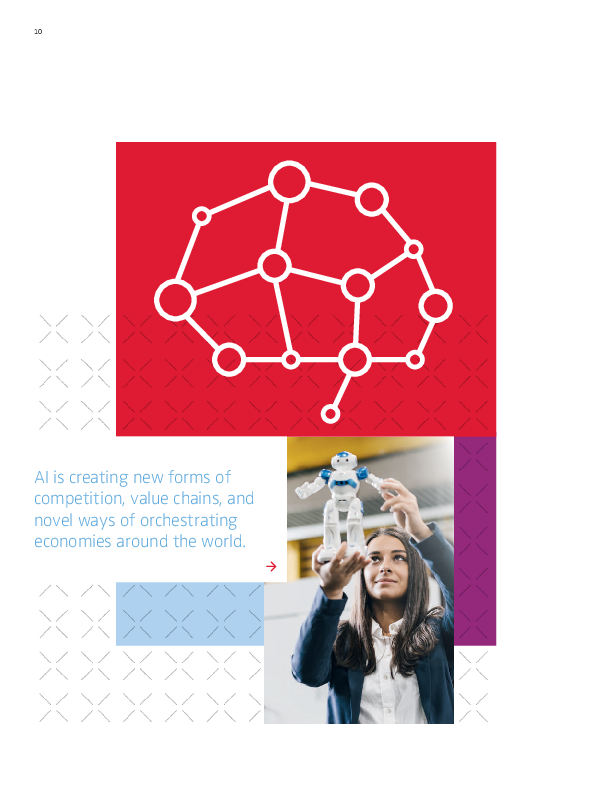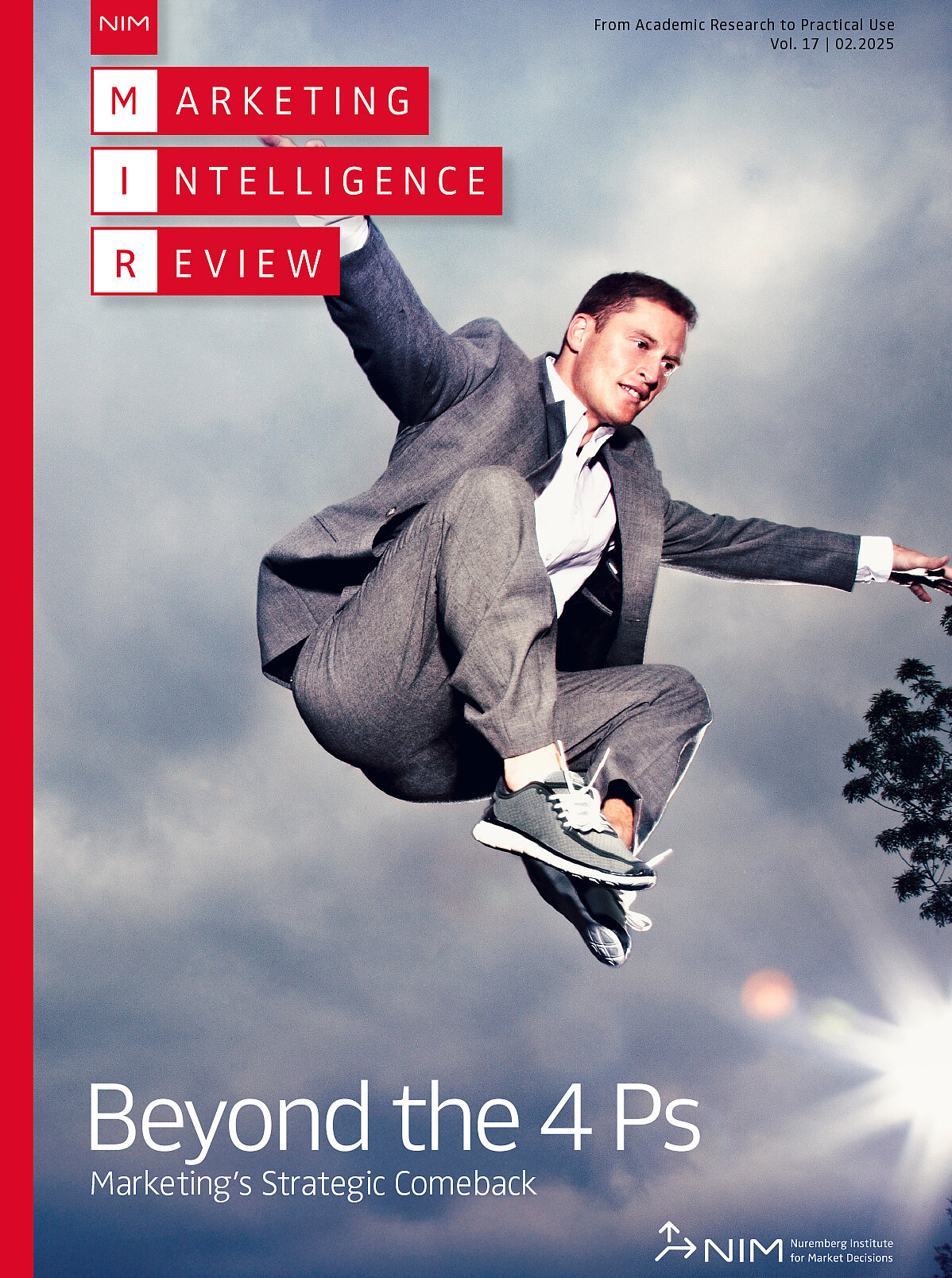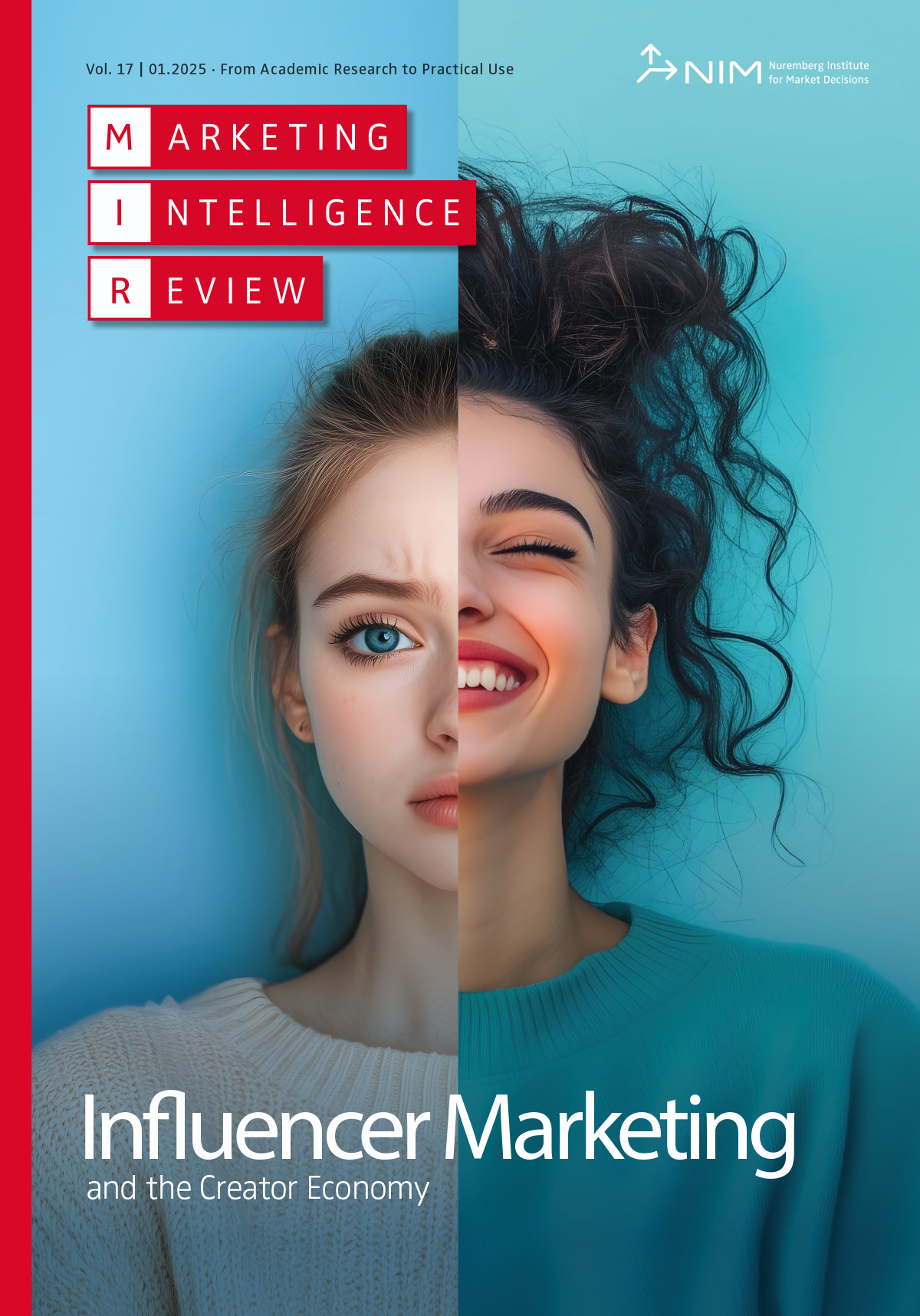 Download
Download
The Machine Age of Marketing: How Artificial Intelligence Changes the Way People Think, Act, and Decide
Christian Hildebrand
Whatever your perception of AI is, the machine age of marketing has arrived. To fully grasp how AI is changing every fabric of both our professional and private lives, we need to abstract beyond the presence of autonomous cars, digital voice assistants, and machines that can translate text for us. AI is creating new forms of competition, value chains, and novel ways of orchestrating economies around the world. AI is more than just technology; it’s creating a new economy. The fuel that runs this economy is the combination of computational processing power, data, and the algorithms that process this data.
AI has the potential to make our life easier, though this convenience might come at a price. There might be biases directly built in to the algorithms we use, data privacy issues, or failed AI projects in business practice. But without testing, failing, and learning from our failures, we will make no progress.
![[Translate to English:] [Translate to English:]](/fileadmin/_processed_/3/7/csm_2019_nim_mir_ai_de_res__Kapitel_1__2fa844ec2e.png)
![[Translate to English:] [Translate to English:]](/fileadmin/_processed_/f/1/csm_2019_nim_mir_ai_de_res__Kapitel_2__52310f2f29.png)
![[Translate to English:] [Translate to English:]](/fileadmin/_processed_/2/e/csm_2019_nim_mir_ai_de_res__Kapitel_3__b6b9b04ed2.png)
![[Translate to English:] [Translate to English:]](/fileadmin/_processed_/4/d/csm_2019_nim_mir_ai_de_res__Kapitel_4__c125a66154.png)
![[Translate to English:] [Translate to English:]](/fileadmin/_processed_/d/5/csm_2019_nim_mir_ai_de_res__Kapitel_5__5621369382.png)
![[Translate to English:] [Translate to English:]](/fileadmin/_processed_/8/4/csm_taylor_ai_vol_11_no_2_eng_6d2c64d841.png)
![[Translate to English:] [Translate to English:]](/fileadmin/_processed_/c/2/csm_2019_nim_mir_ai_de_res__Kapitel_6__ce9e09e186.png)


